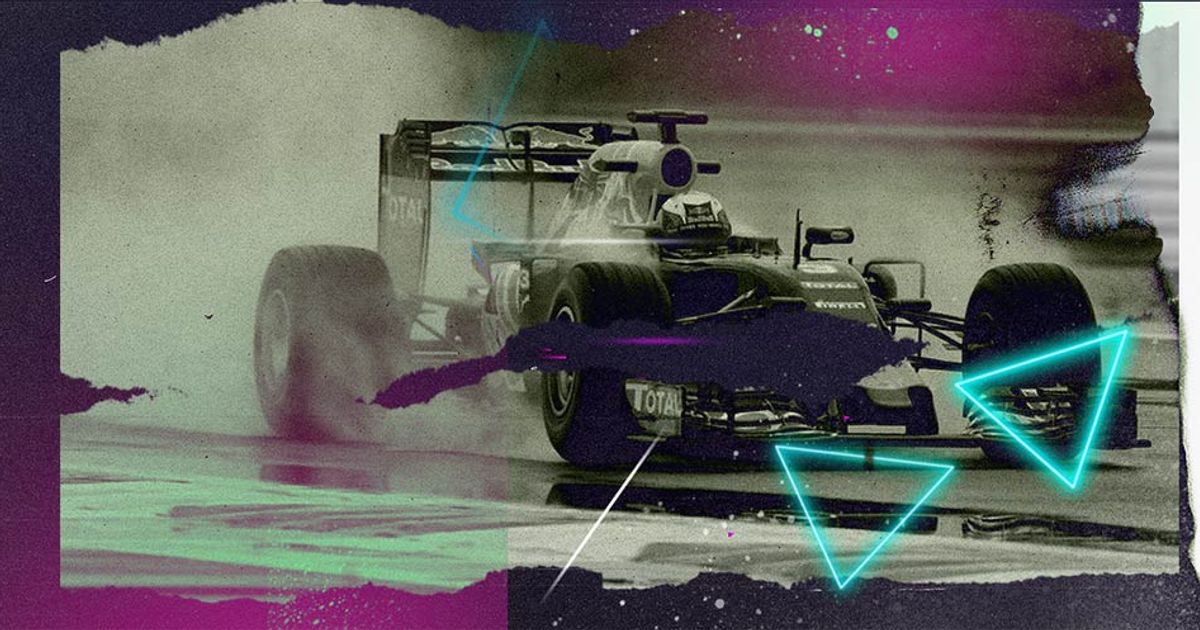The Japanese Grand Prix has been part of the Formula One calendar continuously since 1987 and held at Suzuka for all-but two years. It has classically been won by the best car of the season thanks to its unrelenting nature and the need for a perfectly balanced aerodynamic package with a precise and responsive chassis.
Thanks to the 18 corners and very few straights or overtaking points it is always a challenge on F1 2019 and one most players hate to race on. While the two degner curves are fun to take as fast as possible, the never-ending S curves and the double-apex spoon curve are among the most challenging sections of track on the whole F1 calendar.
Table of Contents
So how should you set your car up to take on the monumental task that is Suzuka?
Aerodynamics
Suzuka demands a lot of aerodynamic performance, but too much and you'll be a boat down the pit straight and on the run from spoon down to the final chicane.
The best compromise is found at 7-7. This provides the front end responsiveness to flick the car into the tight corners and the rear end stability to flow through the esses.
READ MORE: Everything there is to know about F1 2020
It can feel like too much down the straights, but any less and you'll feel the car start to float on you in the corners and lapping consistently will become a problem.
Transmission
This part of the setup describes how power is delivered through the rear wheels. Suzuka can be harsh on tyres, and with so many corners and acceleration zones the rears do take a pounding here so running ideal transmission settings isn't possible.
READ MORE: F1 2019 track guides
We have set a 65% on-throttle differential to allow us to get the power on with confidence, but an 80% off-throttle just to protect the tyres a little more when cornering.
Suspension Geometry
This is always a tricky part of the setting. The key here is to balance carrying cornering speed with looking after the tyres in the first sector. The esses will make or break your lap, but they can also cook your tyres, and if the setup doesn't protect them for the rest of the lap they will never cool enough before you get back to them on the next lap.
To do this we are coming off the optimum geometry setting and putting the camber values at -2.70 & -1.20 and the toe values at 0.07 & 0.26. This keeps the car quick in the corners while limiting the heat we build in them through the esses.
Suspension
The suspension setup has to be carefully tuned with the geometry otherwise what you create in one area can be undone in another. The 1-1 suspension has the dual benefit of looking after the tyres and also being the optimum setting for most circuits this year.
READ MORE: GRID 2019 Review: A must-buy for any racing fan
anti-roll bars are set to 6-4. This helps keep the front relatively responsive while not overloading the tyres on prolonged corners. The looser rear can get you in trouble through the esses if you aren't smooth, but it helps when it comes to the degners.
Ride height is set to 3-4. This creates a rake that adds some turn-in bite while also keeping the centre of gravity low so that you can flick the car into corners without it leaning too much.
Brakes
There aren't too many big stops around this lap, but the major one into the final chicane is the best overtaking spot on the lap, so having some brake pressure is wise. We have set the pressure to 85% but this is using the ABS assist, if you don't then this may create too many lockups and you will have to lower it.
Brake bias is set to 54%. This keeps the front responsive but does limit stopping distance a touch. You can move it forward during the race if you are eyeing up a lunge or just want to manage rear tyre temperatures a bit more.
Tyres
If your tyre temperatures are getting out of hand then the tyre pressure is one quick way to fix that. A more inflated tyre helps keep the car on rails through the esses, so we have gone with a 23.8 psi setting on the fronts and 21.9 psi on the rears, but if you can't manage the temperatures consistently then lowering these will fix that, albeit at the cost of some responsiveness.
READ MORE: GRID's revolutionary AI is like nothing we've seen before
So that's our setup for Suzuka. It's not a friendly circuit by any means, with grass and gravel waiting to snag you if you place a wheel off the narrow tarmac for too long. It is hard to overtake here so qualifying is key, but against the AI you can get your elbows out into some of the corners and muscle your way past. It requires consistency to really master, and overdriving gets punished in a flash.
Explore new topics and discover content that's right for you!





